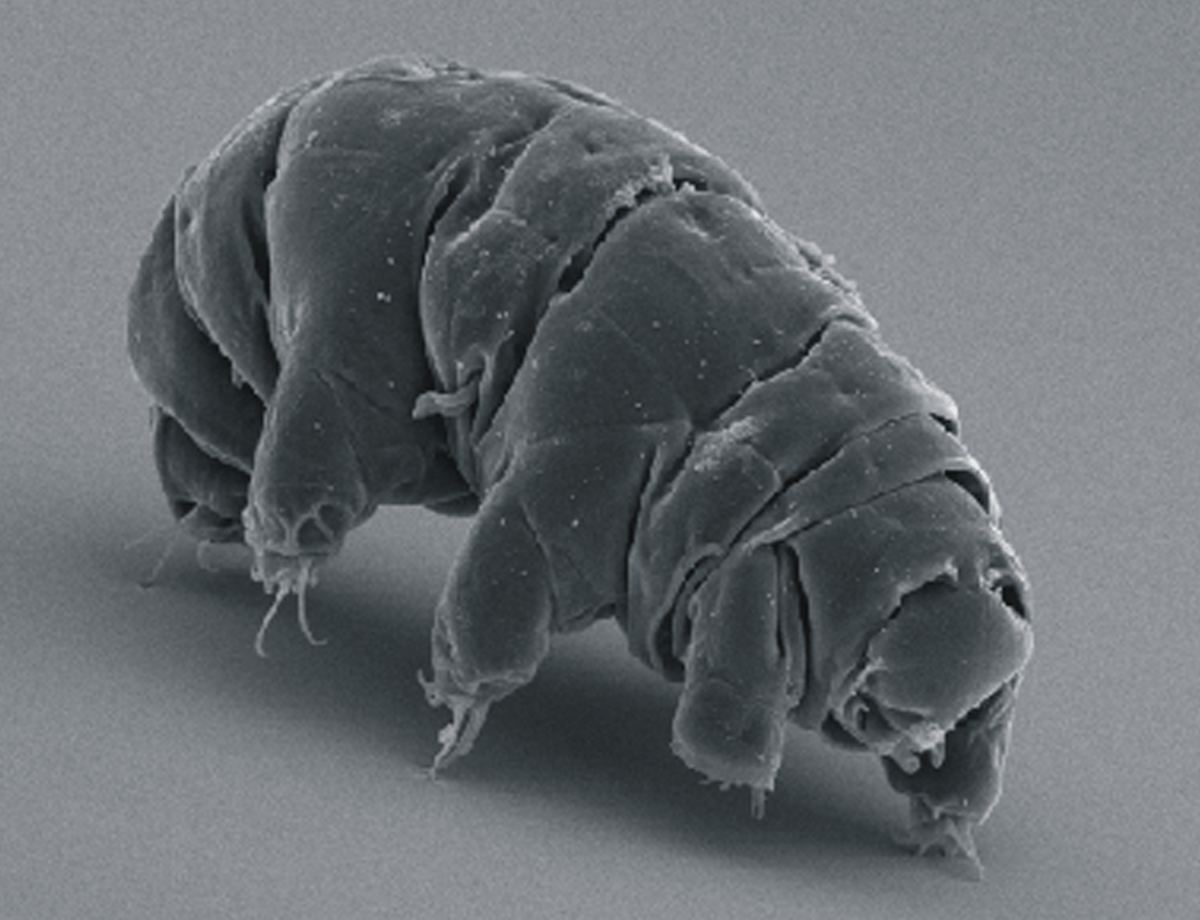NASA has an Office of Planetary Protection. Its purpose is not to protect Earth from invasion by some green skinned monsters, but rather to protect the rest of the Universe from us. With the recent evidence of liquid water on Mars, the possibility of life on the red planet has become a bit more possible, and protecting potential martians from an alien threat is a real challenge.
While Earth is the only planet for which the presence of life is certain, we know that living things can be extraordinarily hardy. We’ve seen organisms thrive in areas of extreme temperature and acid environments. Tardigrades (also known as water bears) have survived the cold vacuum of space, and bacteria have been found within nuclear waste. So it’s not unreasonable to imagine a terrestrial organism hitching a ride on a spacecraft. If that spacecraft comes into contact with a potentially habitable environment they could become an invasive species on another world.
To protect against such an event, NASA has defined different levels of risk, each requiring a different level of spacecraft decontamination. These categories are part of the Outer Space Treaty, which is in international agreement of space faring nations. Under the agreement there are four broad categories:
I – No risk of contamination. This includes orbiters and landers on Mercury and Jupiter’s moon Io, where the chance of life is (as far as we know) zero.
II – Negligible risk. Landers on the Moon and Venus, for example, where indigenous life is not likely to be found.
III – Slight risk. This typically applies to flybys and orbiters for worlds that might have life, such as Mars, Jupiter’s moon Europa and Saturn’s moon Enceladus. These worlds are known to have liquid water and conditions that could sustain life, but the mission is not scheduled to come into direct contact with them.
IV – Possible risk. Landing on potentially habitable worlds such as Mars, Europa and Enceladus.

A Viking lander being prepared for dry heat sterilization, which is currently the most stringent method. Credit: NASA
The last category is further differentiated into three subcategories, based upon whether a lander mission will contain experiments seeking to detect life, or whether it will enter a “special region” such as the areas of Mars where liquid water could be present.
Because of these subcategories the Curiosity rover currently active on Mars is forbidden to study a region with liquid water, even though it’s less than 30 miles away from one of them. NASA’s next generation of Mars rovers scheduled to launch in 2020 cannot study the regions, since they won’t meet the most stringent of sterilization levels.
While robotic missions can be sterilized to high standards, crewed missions cannot. Currently any landing of a crewed mission must first be visited by a robotic mission to verify the region is inhospitable, and humans wouldn’t be allowed to enter special regions. But will that be enough? Our dreams of a human voyage to Mars will be an invasion of terrestrial organisms, and that could put our dreams of finding alien life at risk.
This post first appeared on Forbes












Comments
I repost a question regarding your post of October 8 “High Flying Astronomy”: “Brian, I always wanted to know how this type of telescope-plane systems can get enough stability to point to space, given that the air turbulence affects the flying of planes. Could you explain? Thank you!”
I would appreciate your answer. Thank you very much.
Can’t send the rovers to the most profoundly interesting places. Humans can’t land where there might be life. Why bother to go at all?